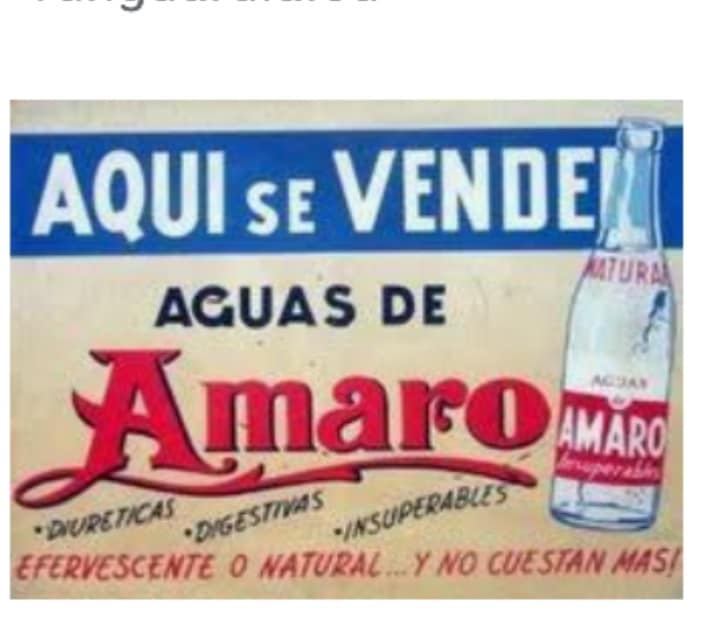
<< Manantiales de Amaro >> Hubo un tiempo en que Amaro, un pueblito perteneciente al municipio Santo Domingo, en Villa Clara, era un lugar muy próspero. En aquella época, siglo XIX, las damas de sociedad se paseaban entre las arboledas del camino al manantial de aguas ferruginosas, el cual le hizo famoso en toda la Isla. Según versiones se ubica a 1812 como el año que marcó el inicio de la primera extracción en los manantiales de Amaro. Las aguas salutíferas aún permanecen en Amaro, pero tan solo quedan ruinas de las antiguas casetas de baño y de las duchas que solían utilizar los turistas. Hace años que no se ve a ningún extranjero por Amaro. Al balneario era posible acceder mediante un… More
There was a time when Amaro, a town belonging to the Santo Domingo municipality, in Villa Clara, was a very prosperous place. Back in the day, th century, the ladies of society walked among the groves of the road to the spring of ferruginous waters, which made him famous throughout the island. According to versions, it is located at 1812 as the year that marked the beginning of the first extraction in the springs of Amaro. The salutiferous waters still remain in Amaro, but only ruins remain from the old bathroom booths and showers that tourists used to use. It’s been years since you see no foreigner by Amaro. The resort was possible to access through a tree-filled road linking the Gran Via, the main street of the village. Amaro still looks like a haven of peace, albeit apparently with an inert life. Amaro became fashionable after the end of the 95 War and not few Libertador Army officials settled there. Their medicinal waters and good weather were famous then. New residents urbanized the village, built beautiful country chalets and made it one of the island’s most picturesque rural communities. Then came the seasons to enjoy the bathrooms that were built and Amaro lived his time of greatest glory. Numerous groups crossed the woods with shotguns on their shoulder or enjoyed in a large pool surrounded by trees that fed on the water of a spring very close to the spa.
At the same time, the bottled liquid industry developed. The natural drink had the necessary proportions in chlorides, baking soda, calcium, iron, magnesium and sulfates, to name a few components. Famous doctors like urologist Joaqu nn Albarr ránn and pediatrician Angel Arturo Aball í recommended their patients drink from the springs of the town of the island’s center. The waters of the Amaro field received gold medals at trade fairs developed in Havana in 1911, and Camag üey the following year, while in 1917 the Grand Prix was credited in Milano, Italy. Cuban historian Emilio Roig de Leuchsenring claimed in ′′ The Book of Cuba «, 1925 that Amaro’s waters, along with others from the country, were exported in large quantities, with international prestige. After 1959, the hotel-spa burned, the caney happened; most of the American-style houses disappeared, destroyed by cyclones and vandals; the road that offered better access to the village almost fell under the dam waters Alacranes and turned into a swamp, but I failed to confirm that the bottler is currently still working there. ·